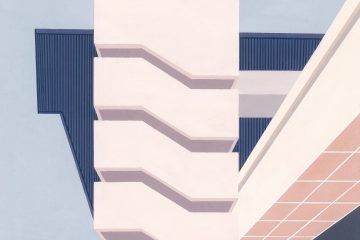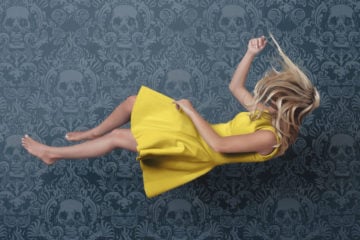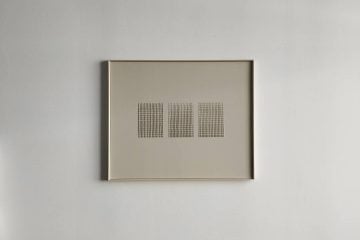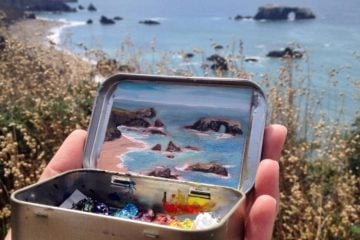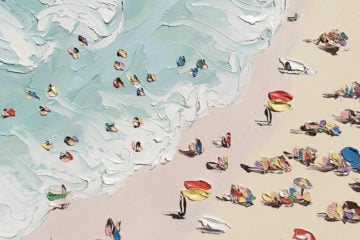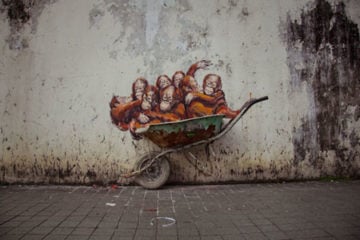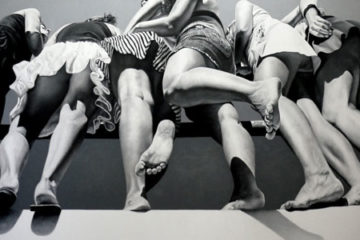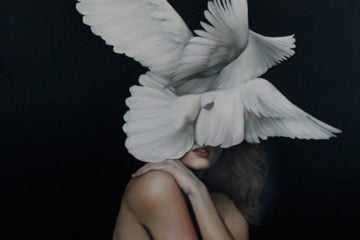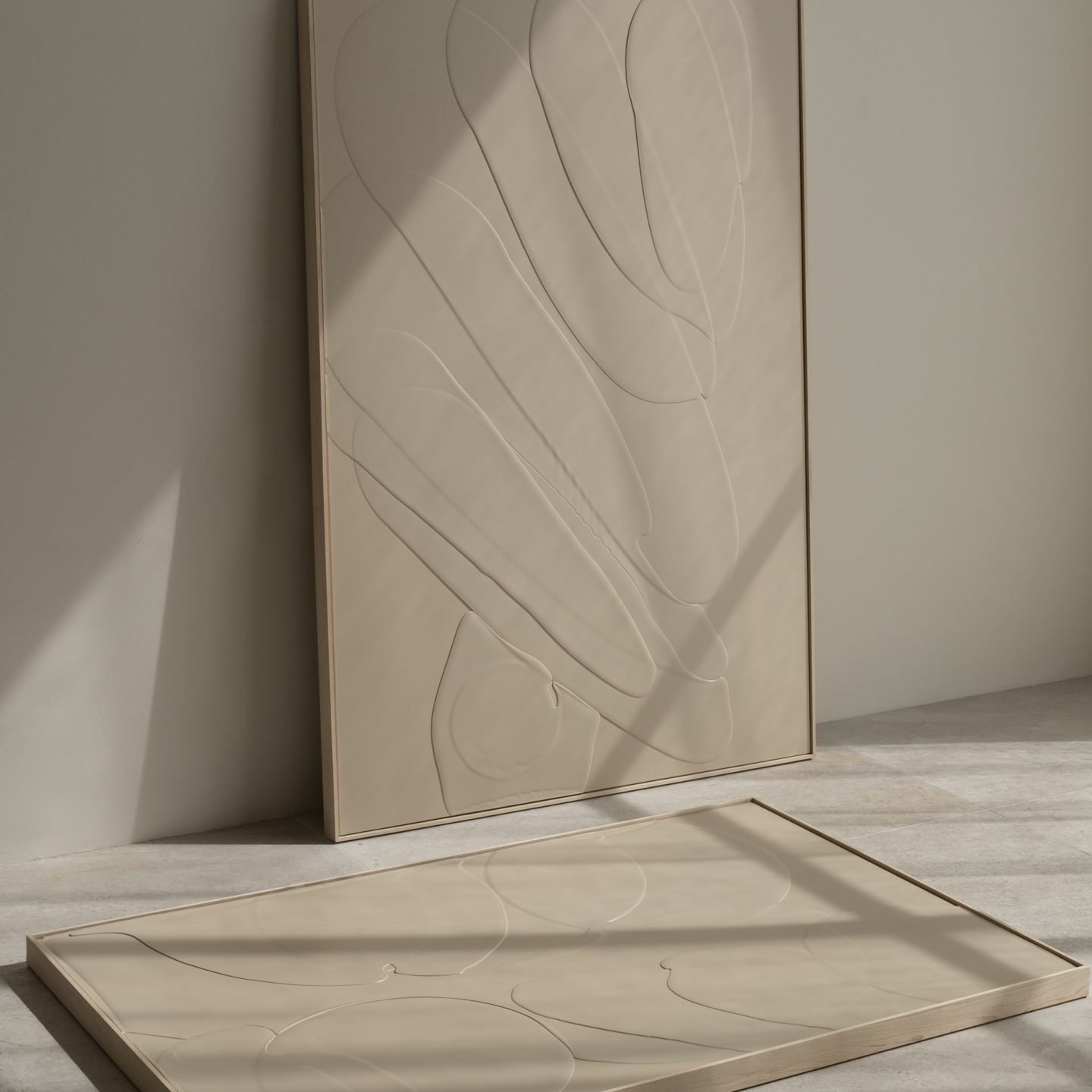
“Degradation As Symbol Of Beauty”: Carla Cascales On Her Textural Artworks That Resemble Shapes Of The Sea
- Name
- Carla Cascales Alimbau
- Project
- Skin
- Words
- Steph Wade
For Barcelona-based artist Carla Cascales Alimbau, her practice—which includes sculpture, illustration, and painting—has been focused on blending abstract and architectural forms, nature, and minimalism into beautiful works of art.
Over time, these elements have shaped her vision into one centered around beauty. “At some point I realized the importance of beauty: a kind of beauty that brings inner calm, that makes you feel grateful to be alive, and that makes you feel present,” she explains to IGNANT. “I find beauty in details, nature, texture, light, simplicity, and balance, that’s my inspiration.” Cascales Alimbau enjoys that her work is approachable rather than conceptual: “I like the fact that your origin, culture, language, and education is irrelevant to understand the artwork,” she says, “you just need to feel. Because we all understand nature; deep down we know that we are part of it.” We speak to the artist below about creating works that metaphorically represent change, and the advice her father gives her regularly to help her continue her practice with gratitude.
“I like the fact that your origin, culture, language, and education is irrelevant to understand the work”
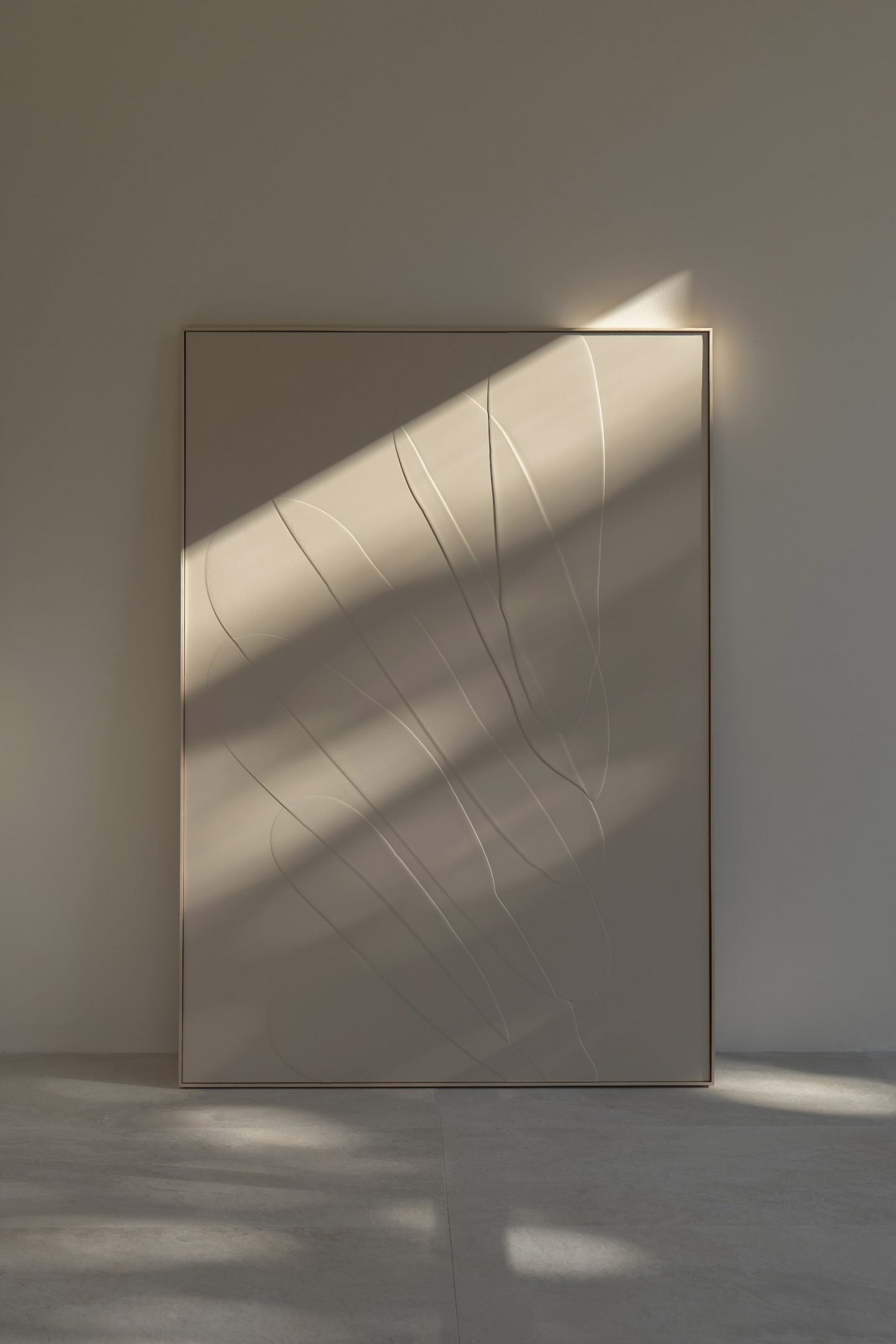
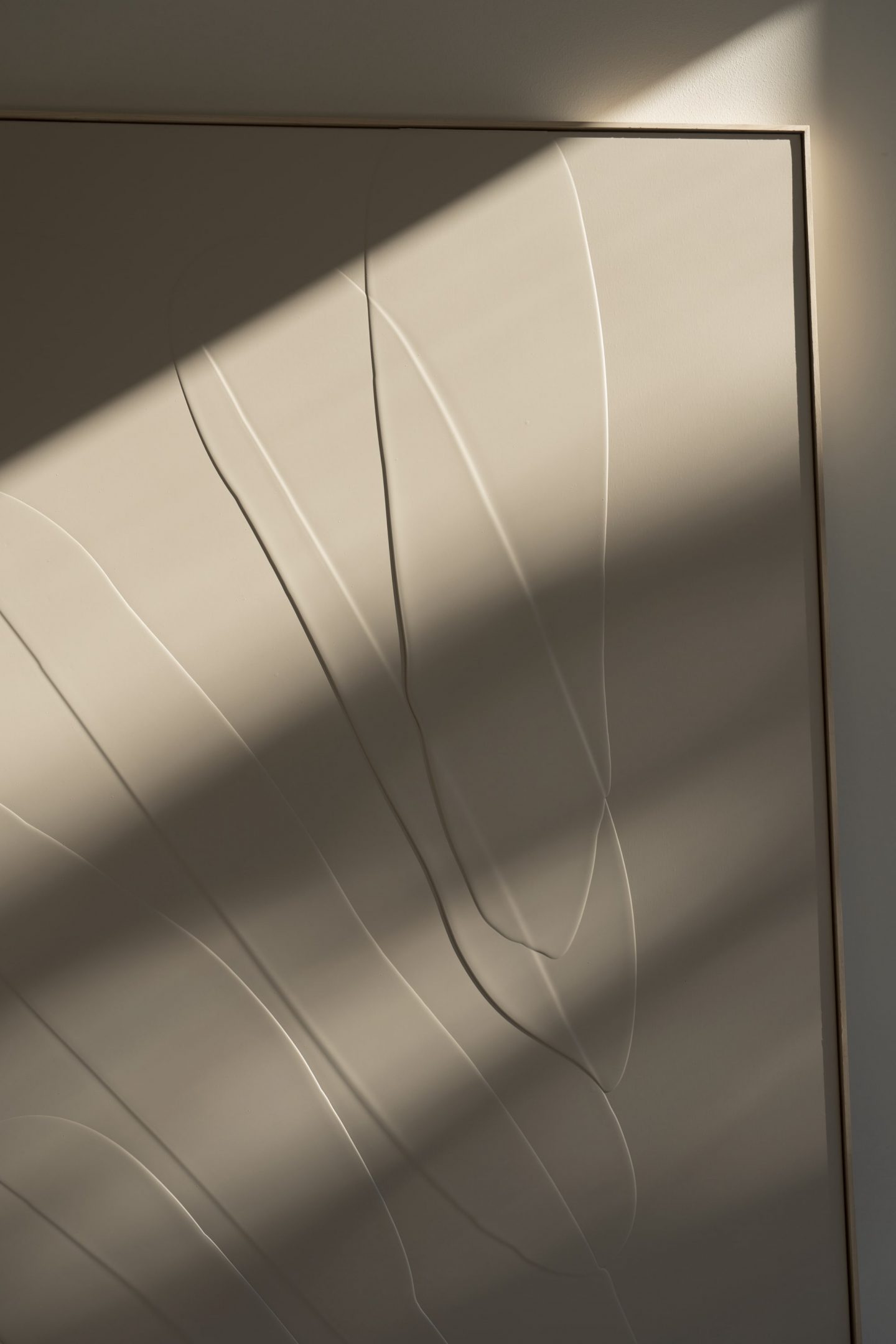
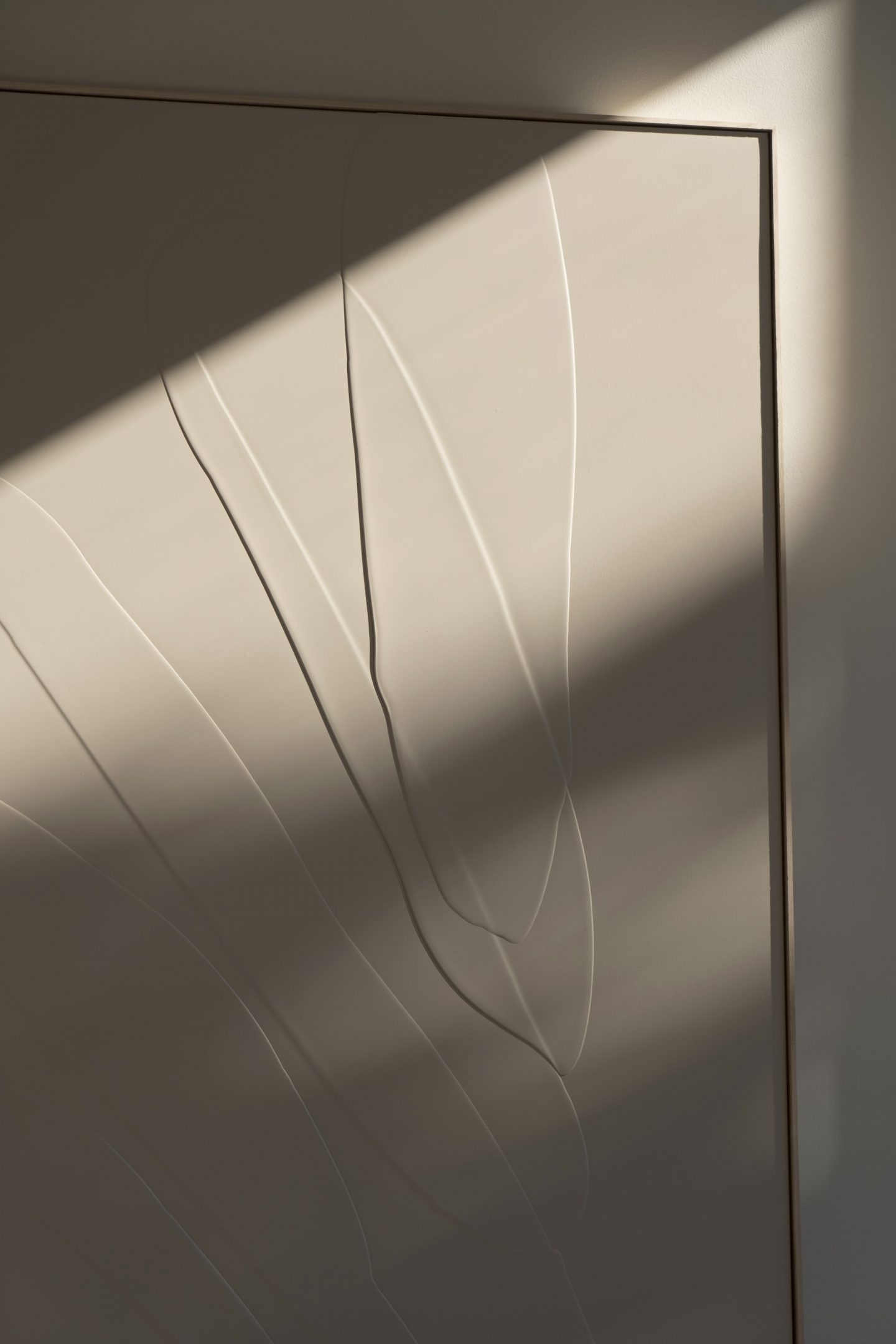
Where did your interest in exploring imperfection come from? Can you attribute it to a push-back against our societal culture of perfection?
The idea of imperfection has fascinated me since I became interested in Japanese culture. The Japanese value the passage of time and degradation as a symbol of beauty, as a natural process that means living. It seemed to me to oppose the idea of perfect Western beauty that applies to people and objects; it is what makes us use materials such as plastic that do not degrade. That is why my works are composed of natural materials that evolve with the passage of time, like all living beings. I also fell in love with the Japanese ceramic repair technique called Kintsugi which uses gold to repair broken objects. Instead of hiding the scars, it shows them as a symbol of life and learning. The object is considered more valuable than before breaking—this idea also applies to people and the ability to overcome difficult stages of life with resilience.
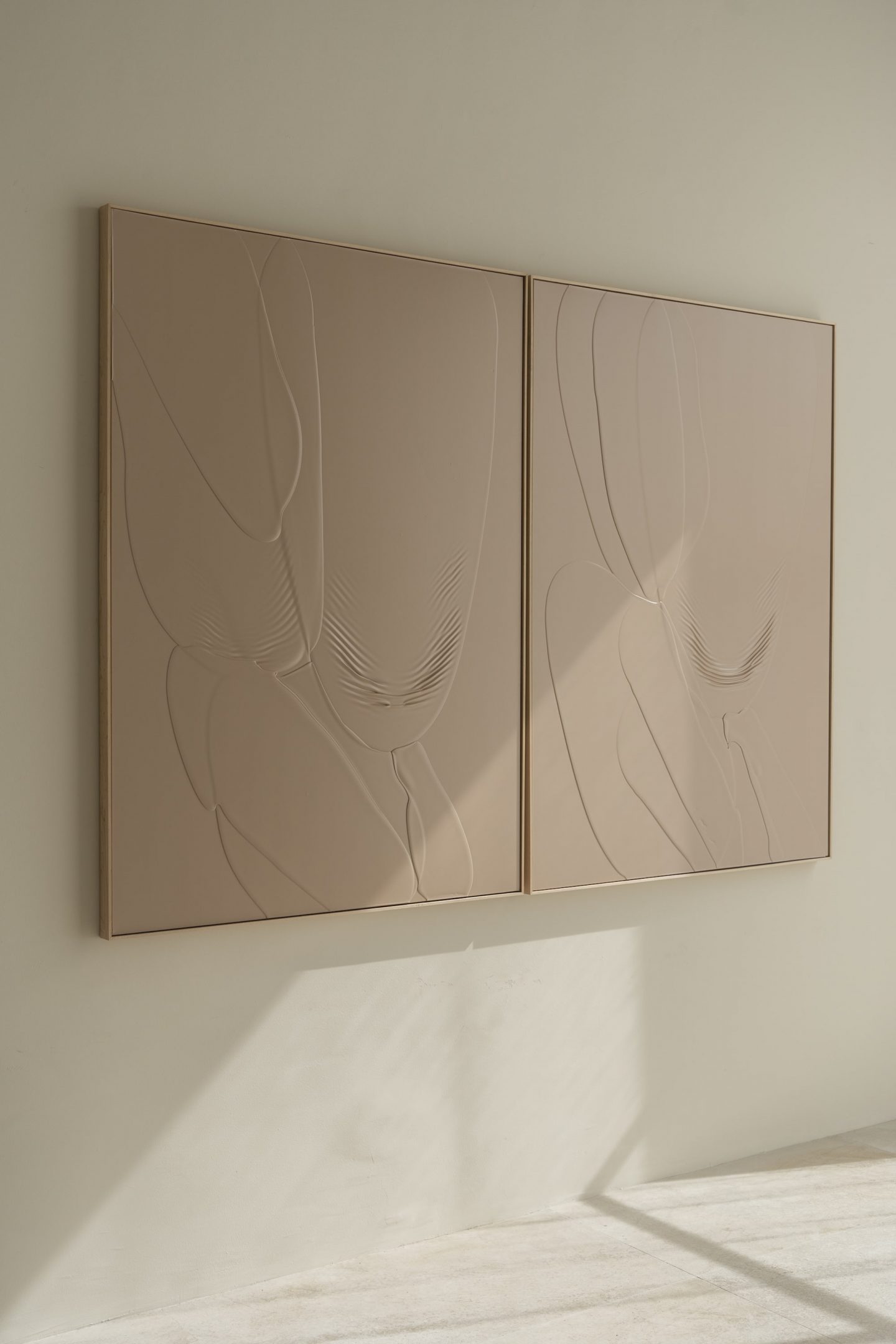
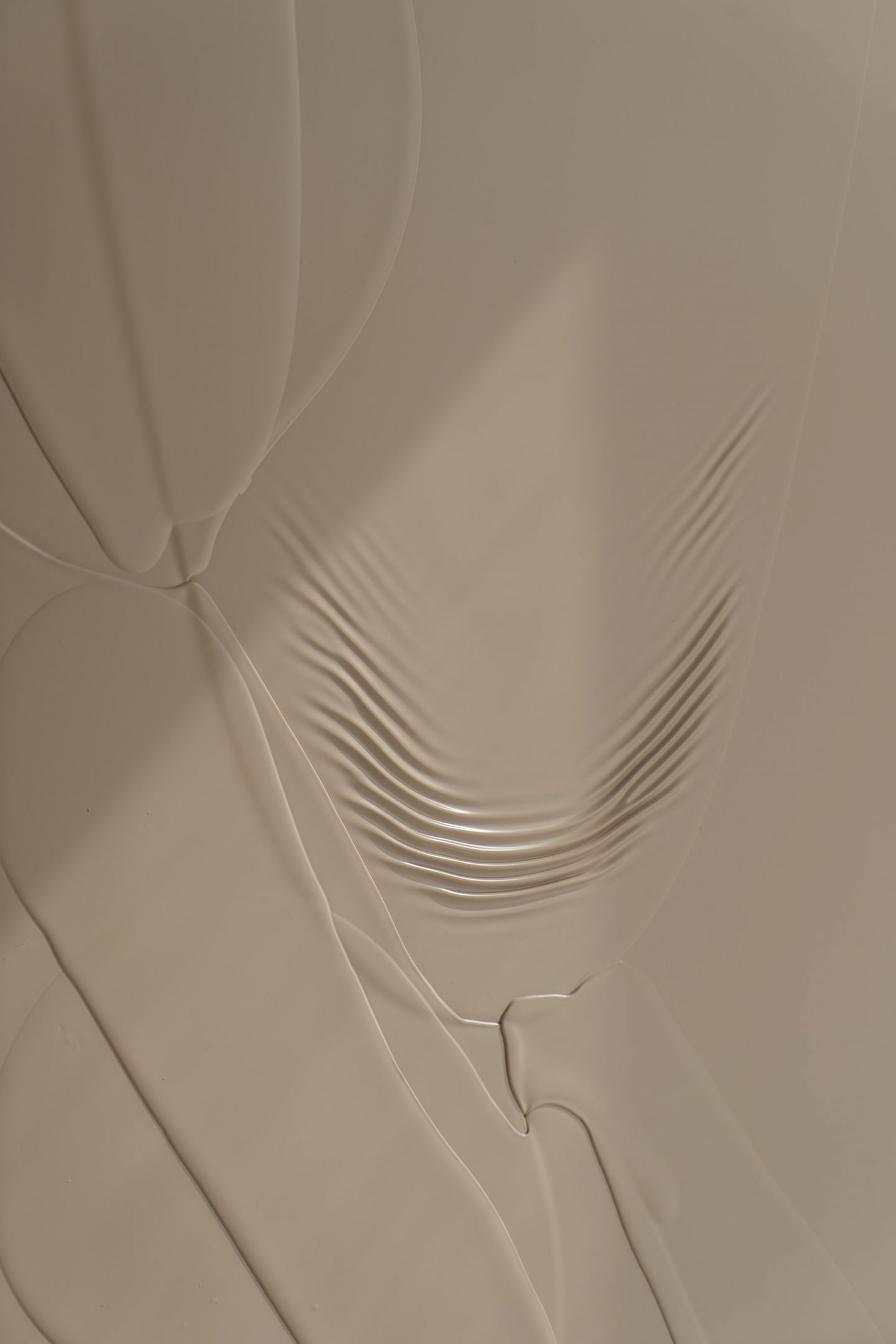
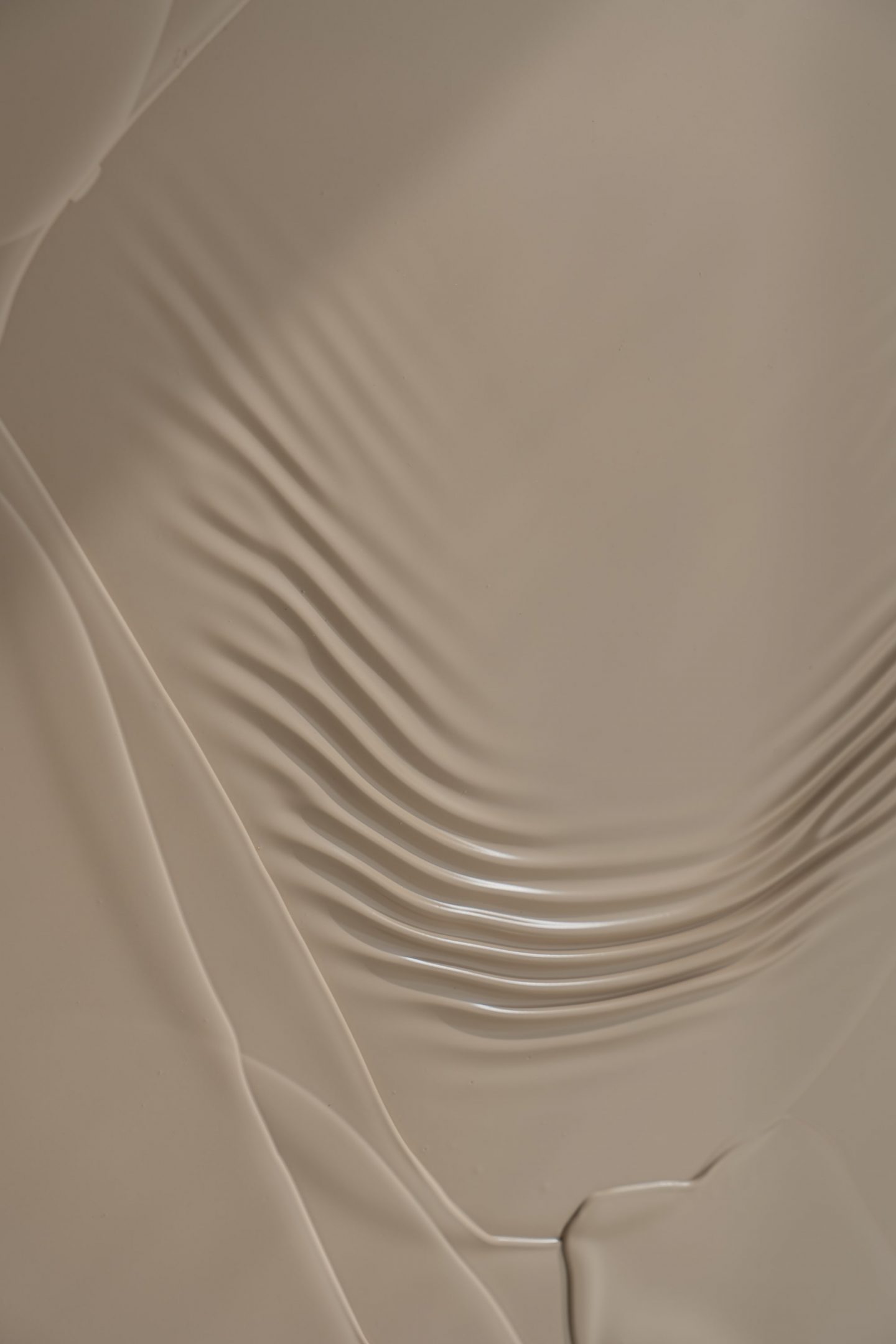
Can you talk us through the artistic process to create the works in the Skin series of paintings? How did you achieve their layered, skin-like finish?
The process to make the paintings started three years ago. The most difficult part was finding the right material. Finally, since I couldn’t find it, I decided to create it myself. From a natural organic resin that is extracted from a tree and after going through a range of processes in the studio, I got the perfect density I needed to be able to create the shapes that remind me of the waves of the sea. I work on horizontal canvases and my main tools are time and gravity, since I work with the drying process and the inclination base.
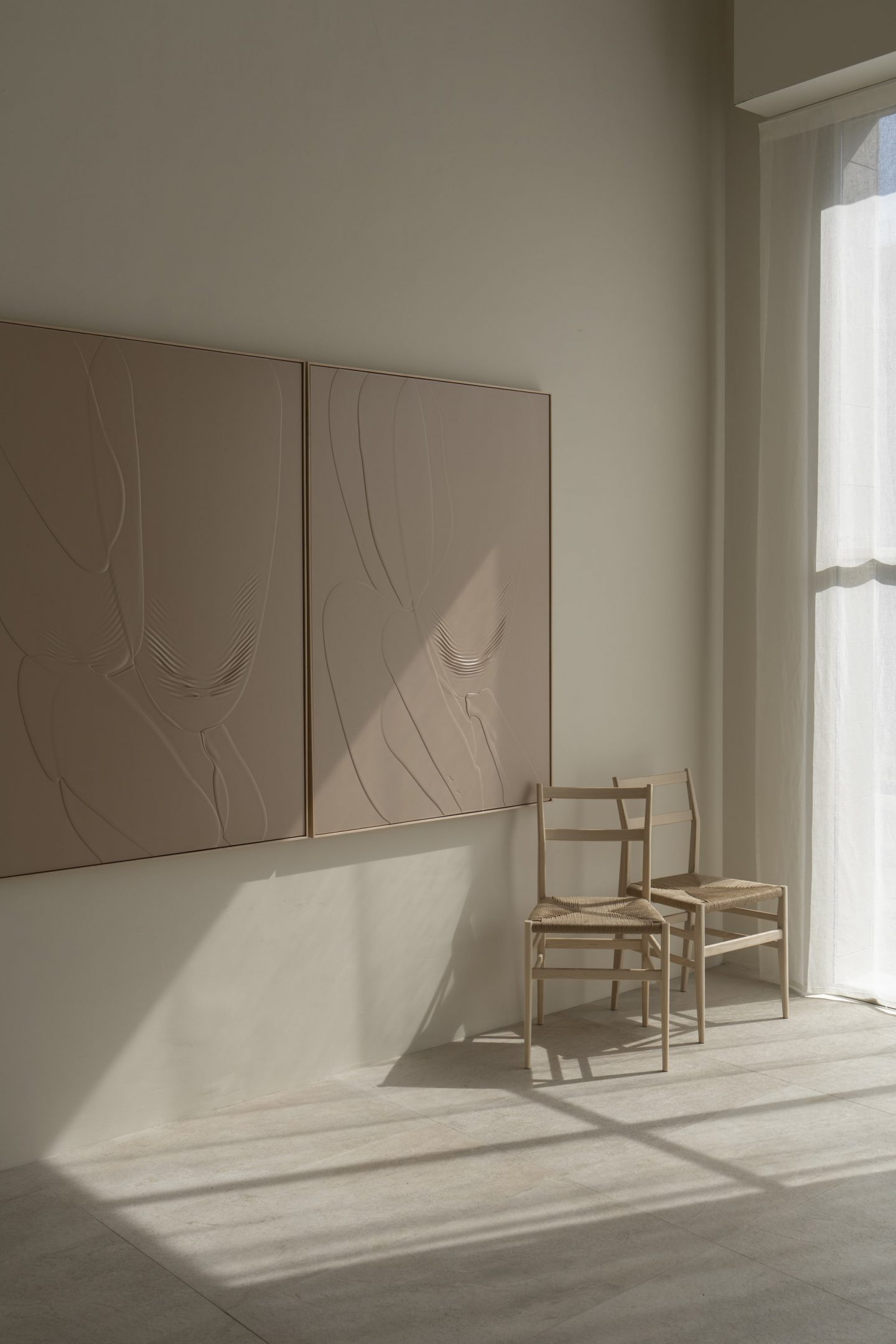
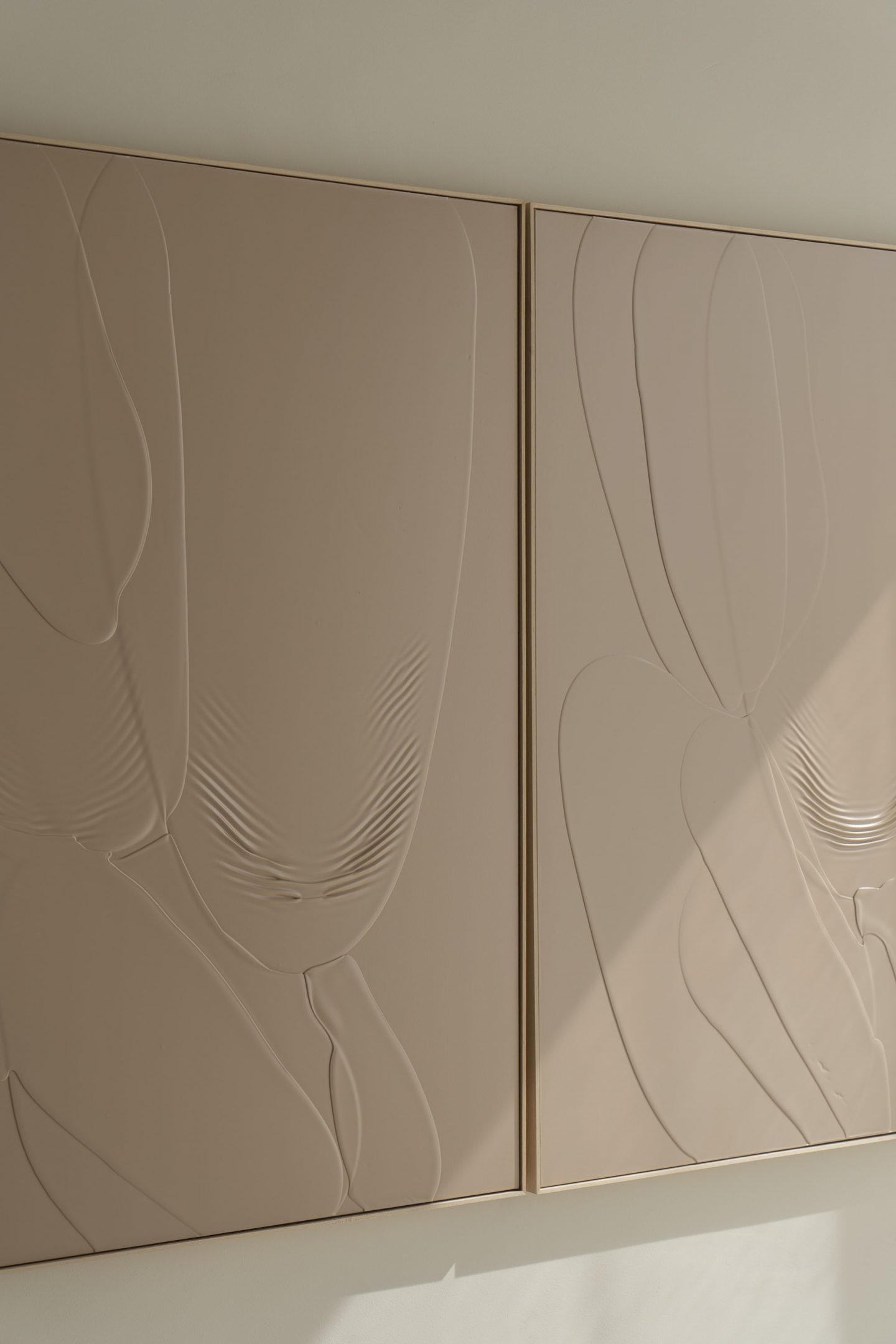
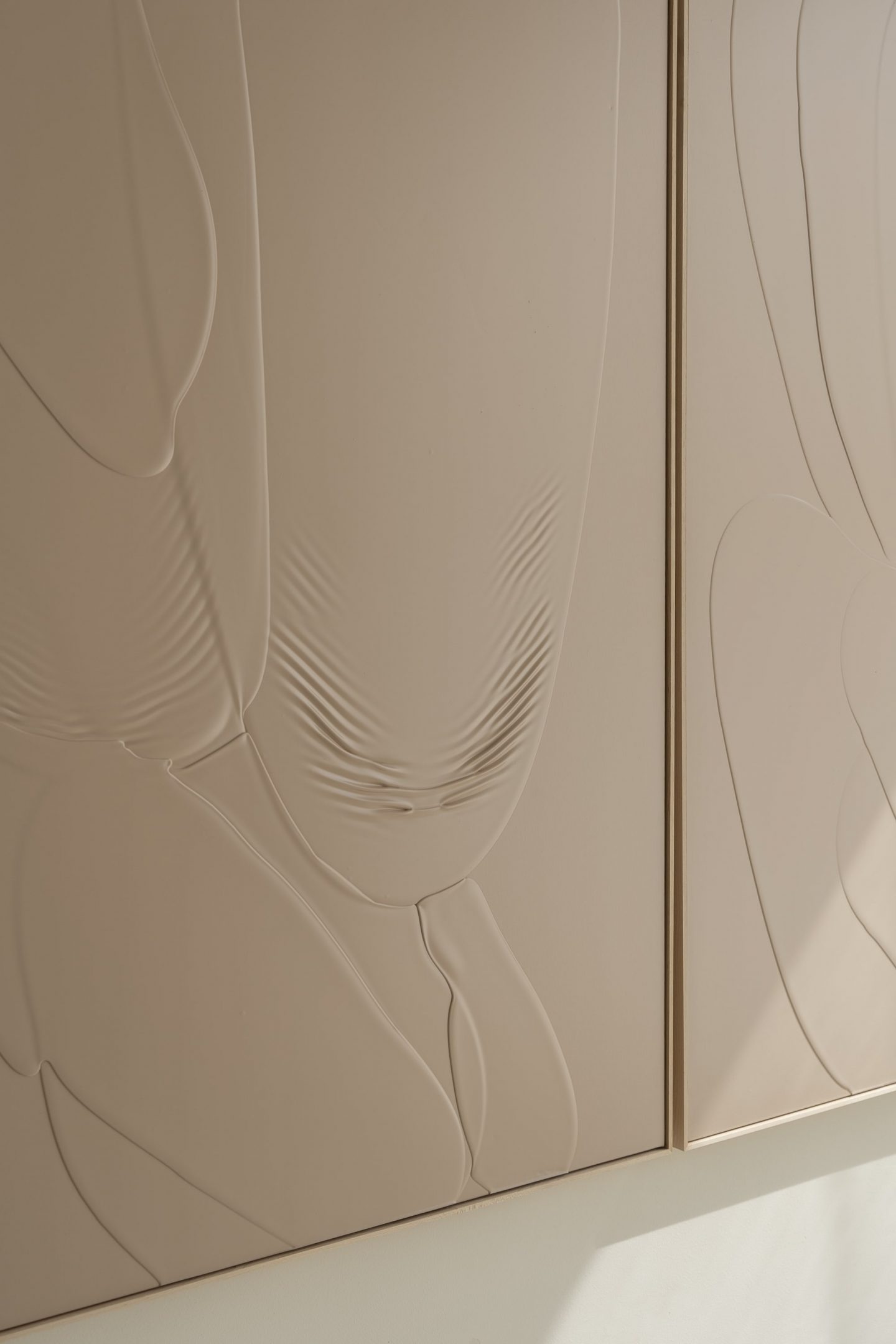
What do the works represent?
My paintings represent fluidity, the shapes of the sea, and its constant movement and change. They also depict our constant movement and our capacity for adaptation and learning.
The paintings are made with natural pigments extracted from forms from nature. Where do you source your materials?
I mainly extract pigments from stones. I realized when making ceramics that my hands were stained with reddish and whitish colors, along with my clothes, so I decided to use them as pigment for paintings. I also buy certified pigments of natural extraction from plants or flowers from professionals I know.
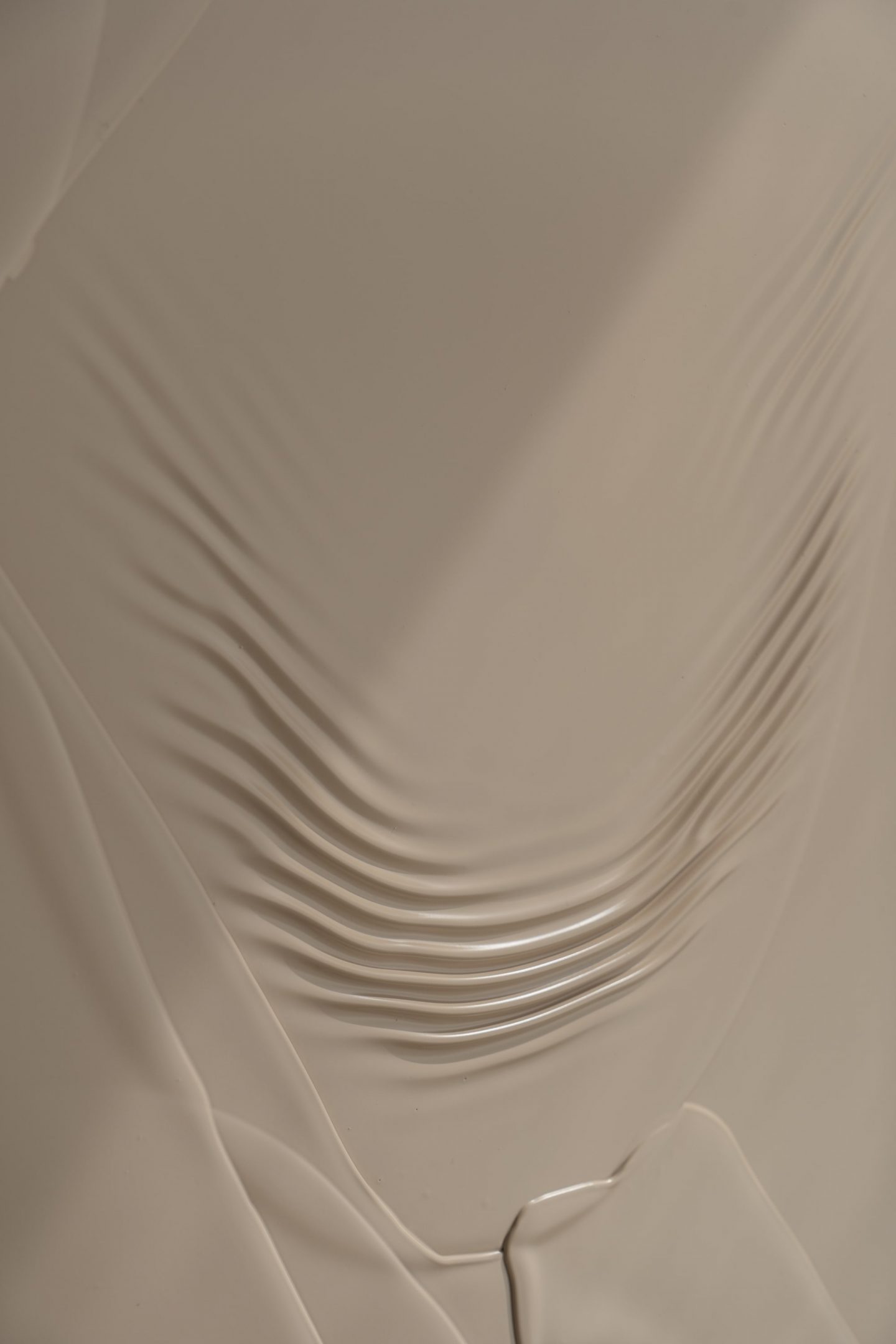
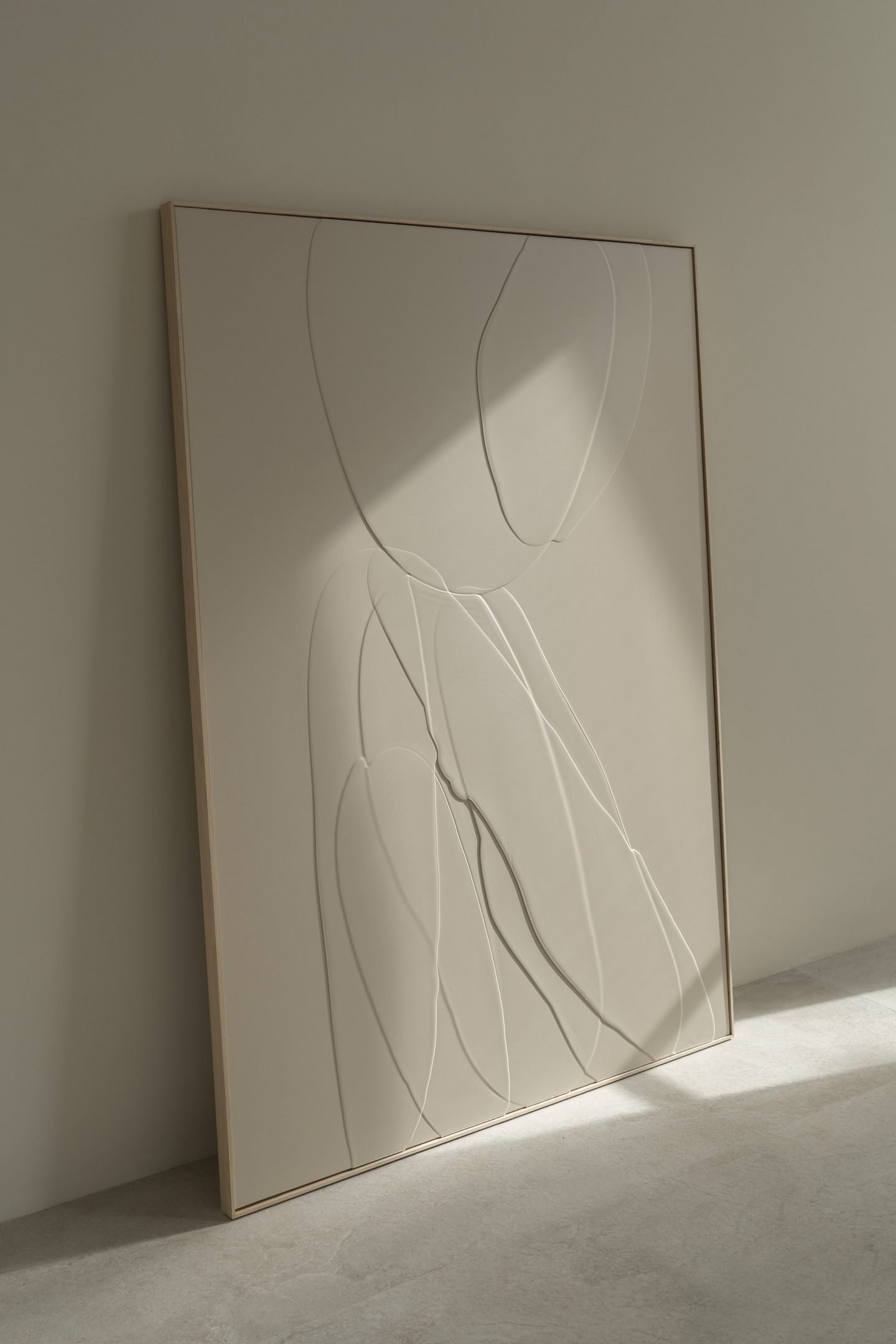
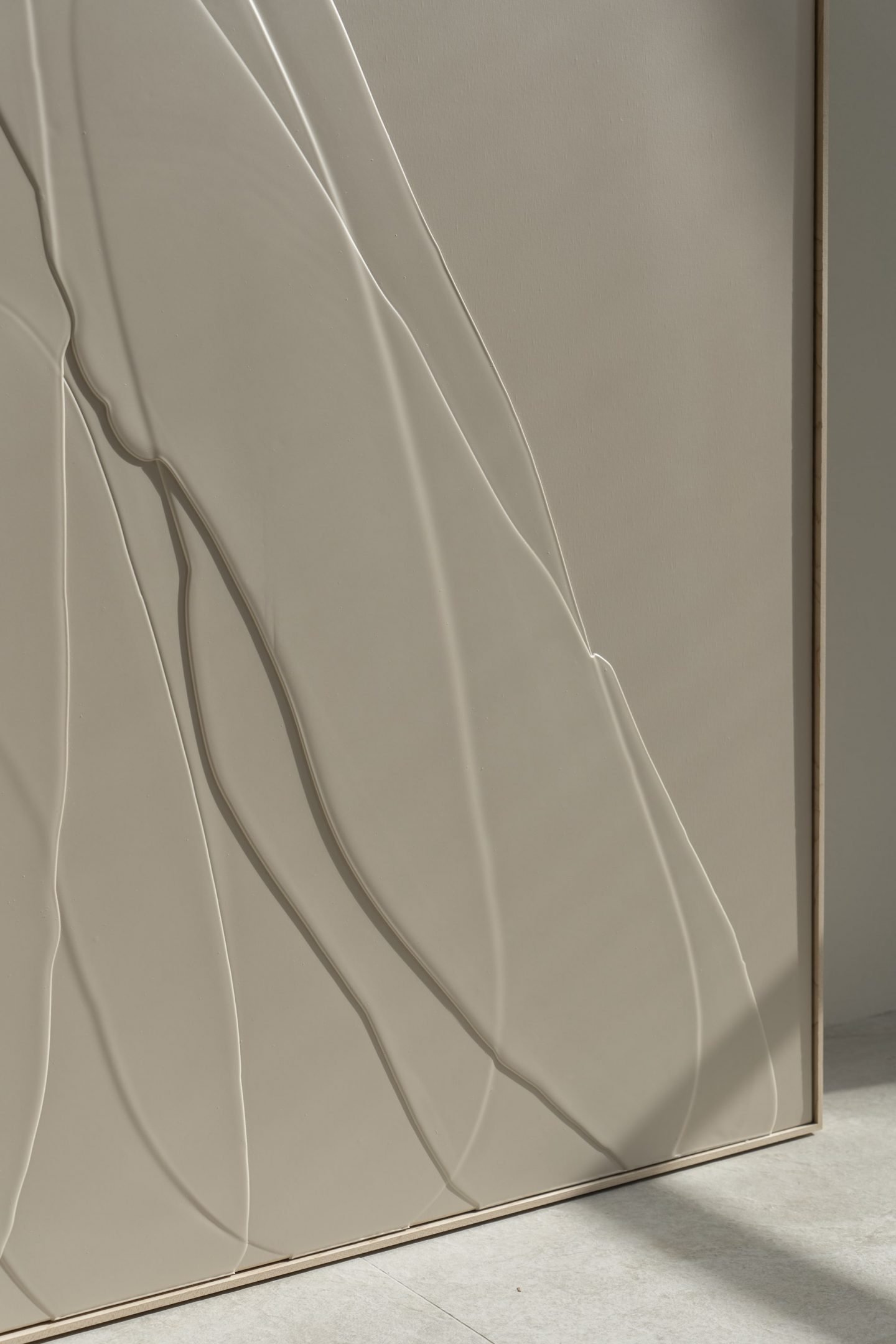
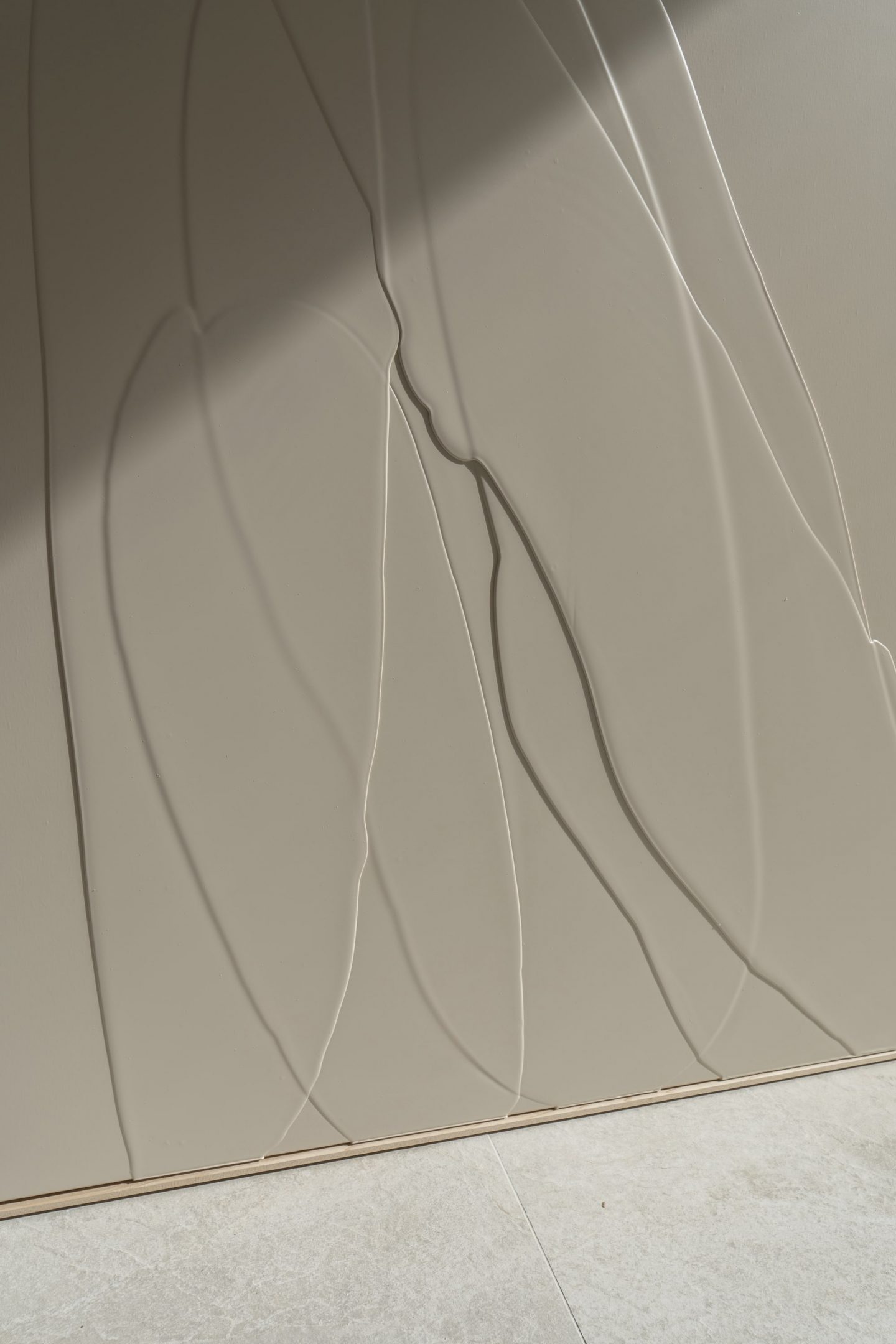
Take us inside your light-filled, white-walled studio in Barcelona. What does a day look like for you? And how does the space impact your creative process?
I like to work with natural light; I fell in love with the studio because of the sunlight that it has throughout most of the day. I’m more creative in the morning so I normally wake up early and stay all morning in the studio where I don’t have a computer. After that I do some sports and in the afternoon, I read, or I do more mechanical work such as retouching images, sketching, and answering emails. I believe the space you are in affects your mood so I try to keep it minimal and organized, but it isn’t always possible.
Do you have a particular mindset in which you put yourself in when you paint?
Enjoy the process. If I focus on wanting to see the finished paintings, I feel in a hurry with anxiety and frustration. On the other hand, if I focus on the day I feel better; there are days that nothing productive comes out but I take them as a learning and there are days where I manage to do a little powerful detail and it is wonderful. As my father always advised me, “Every day, one line”.
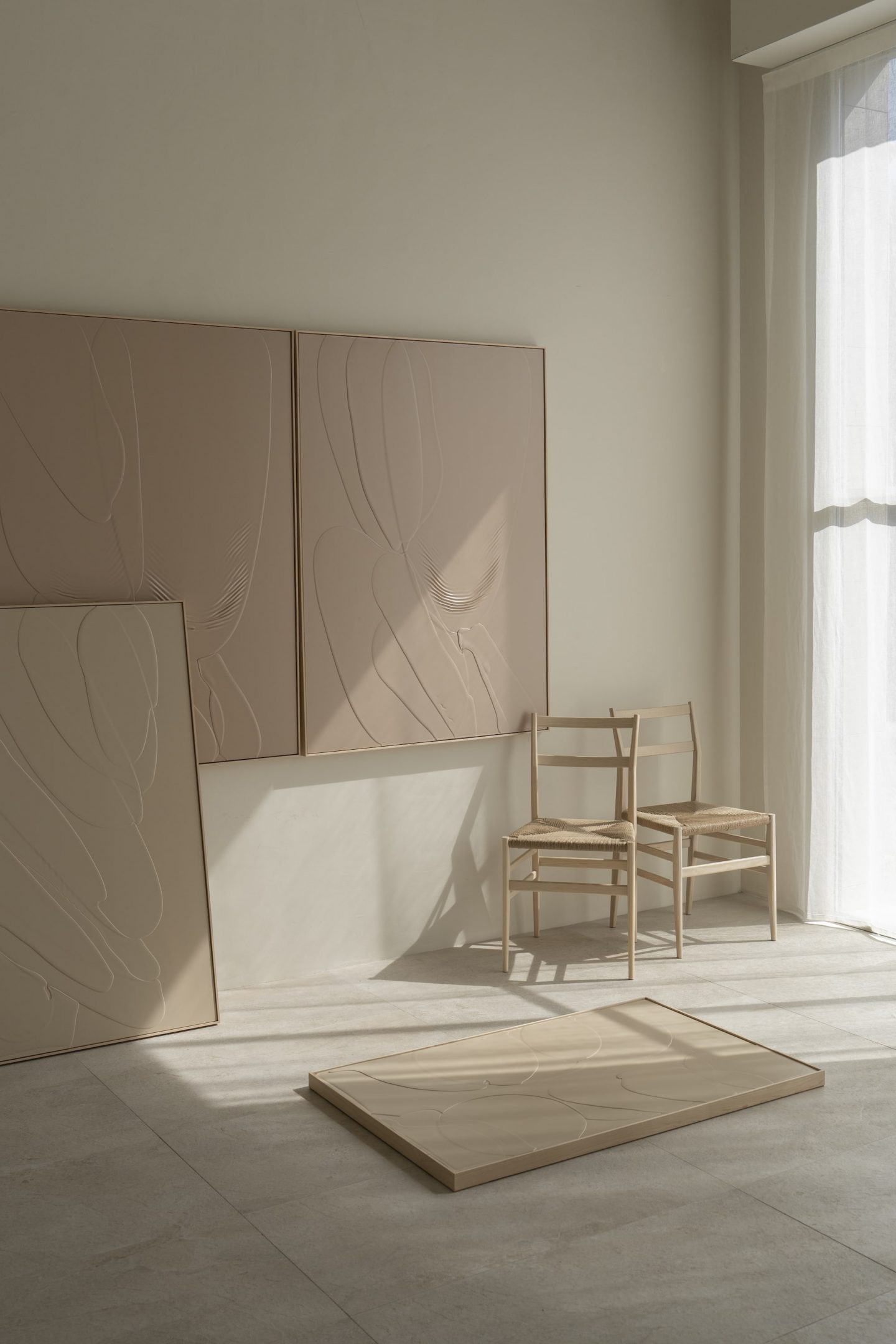
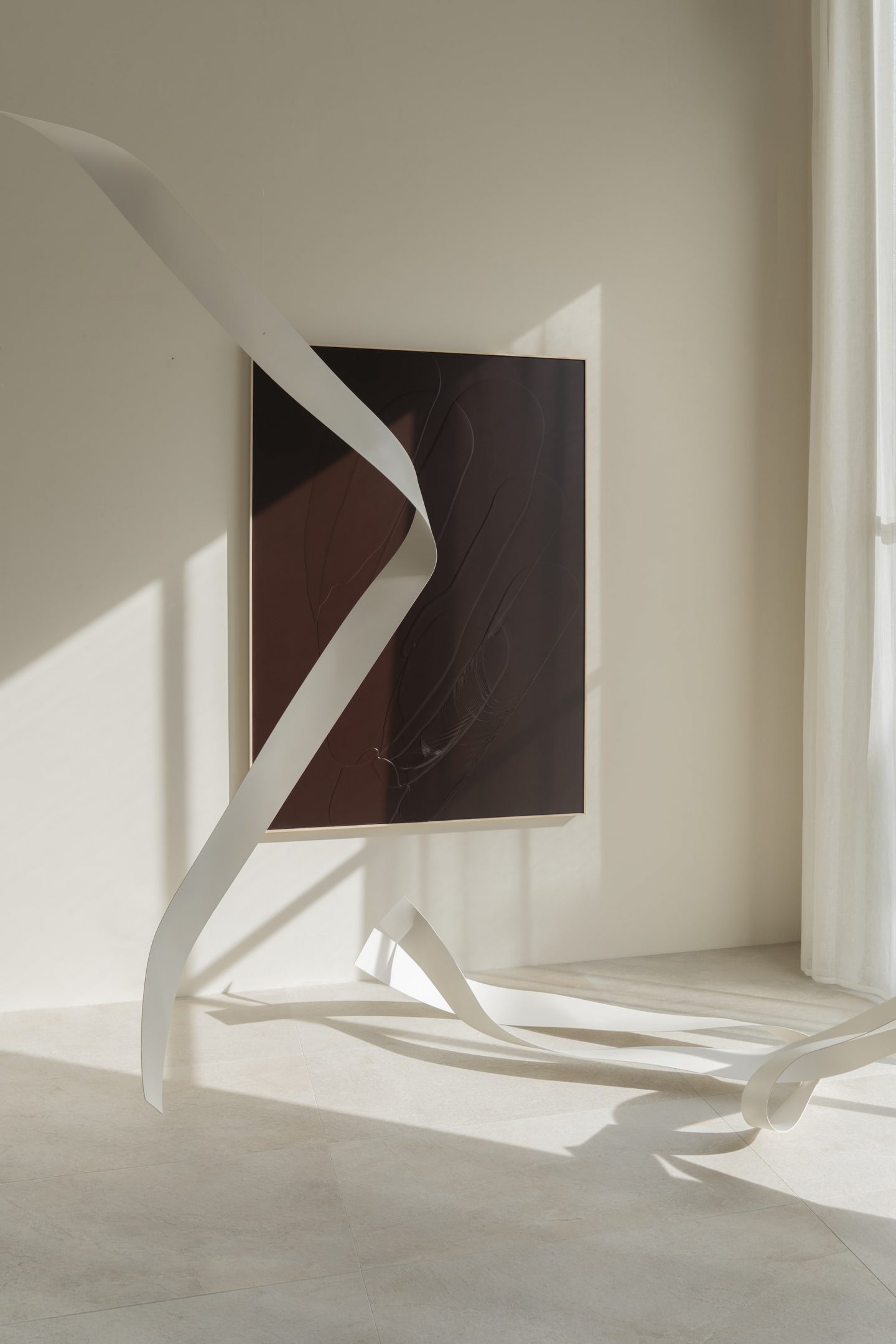
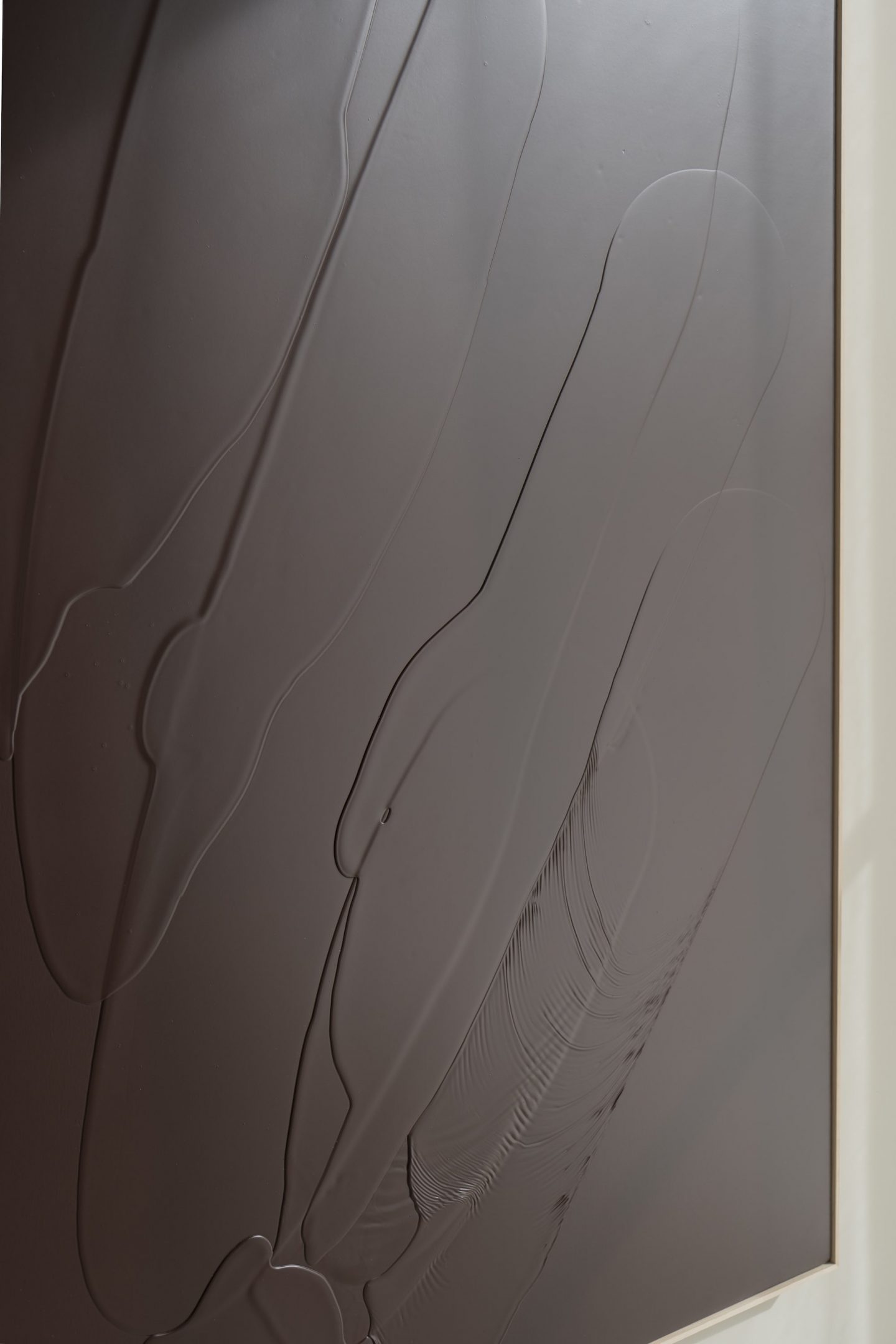
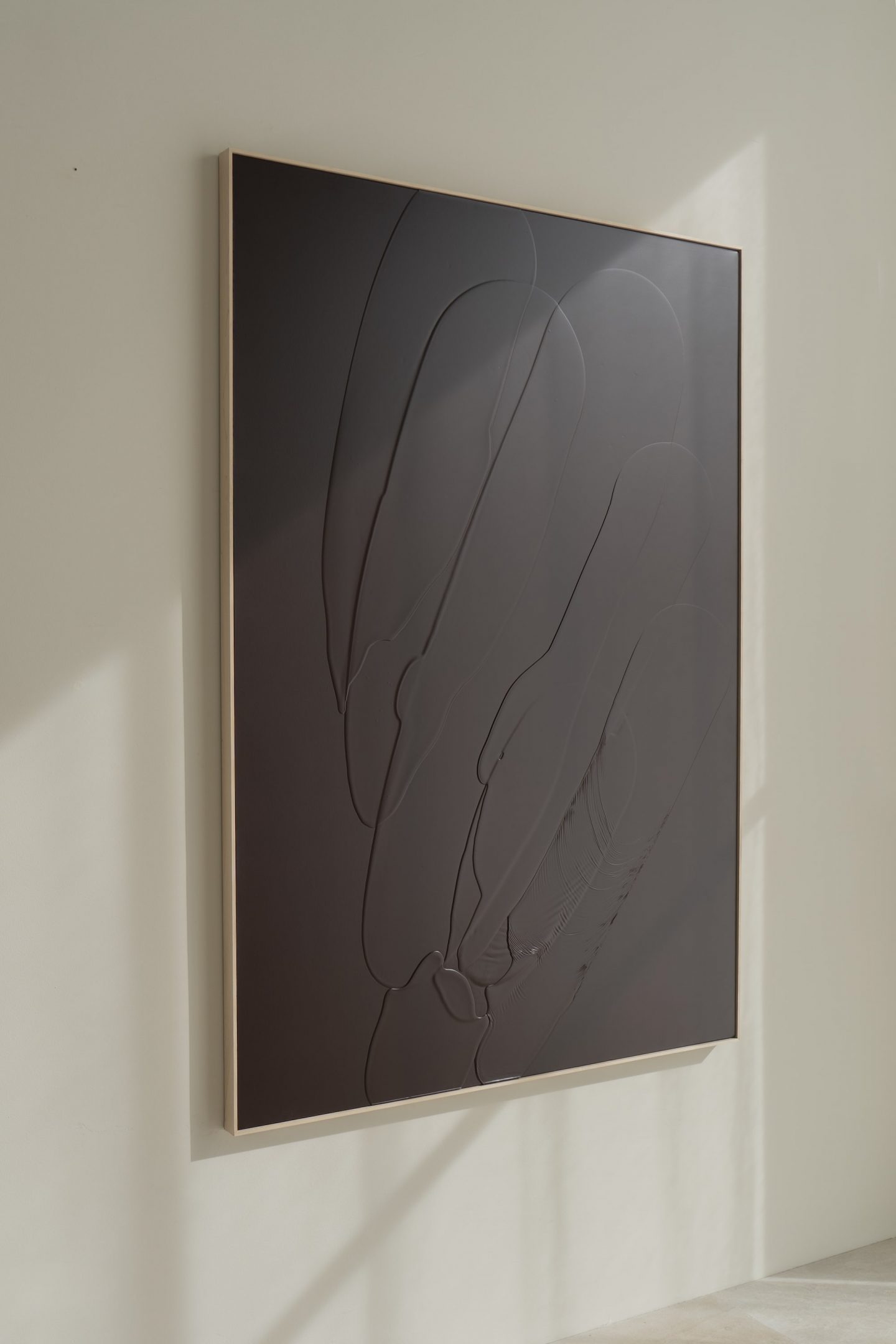
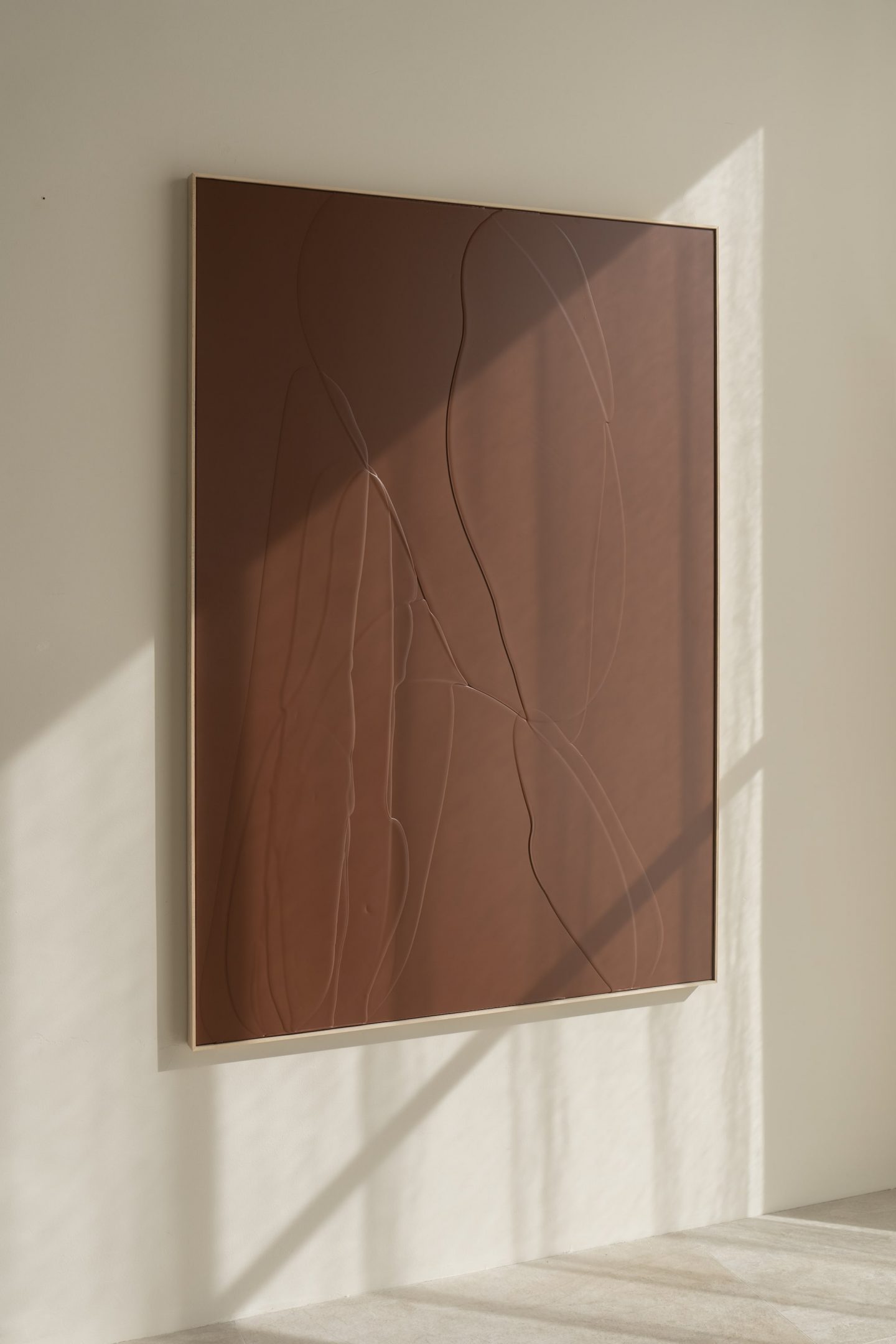
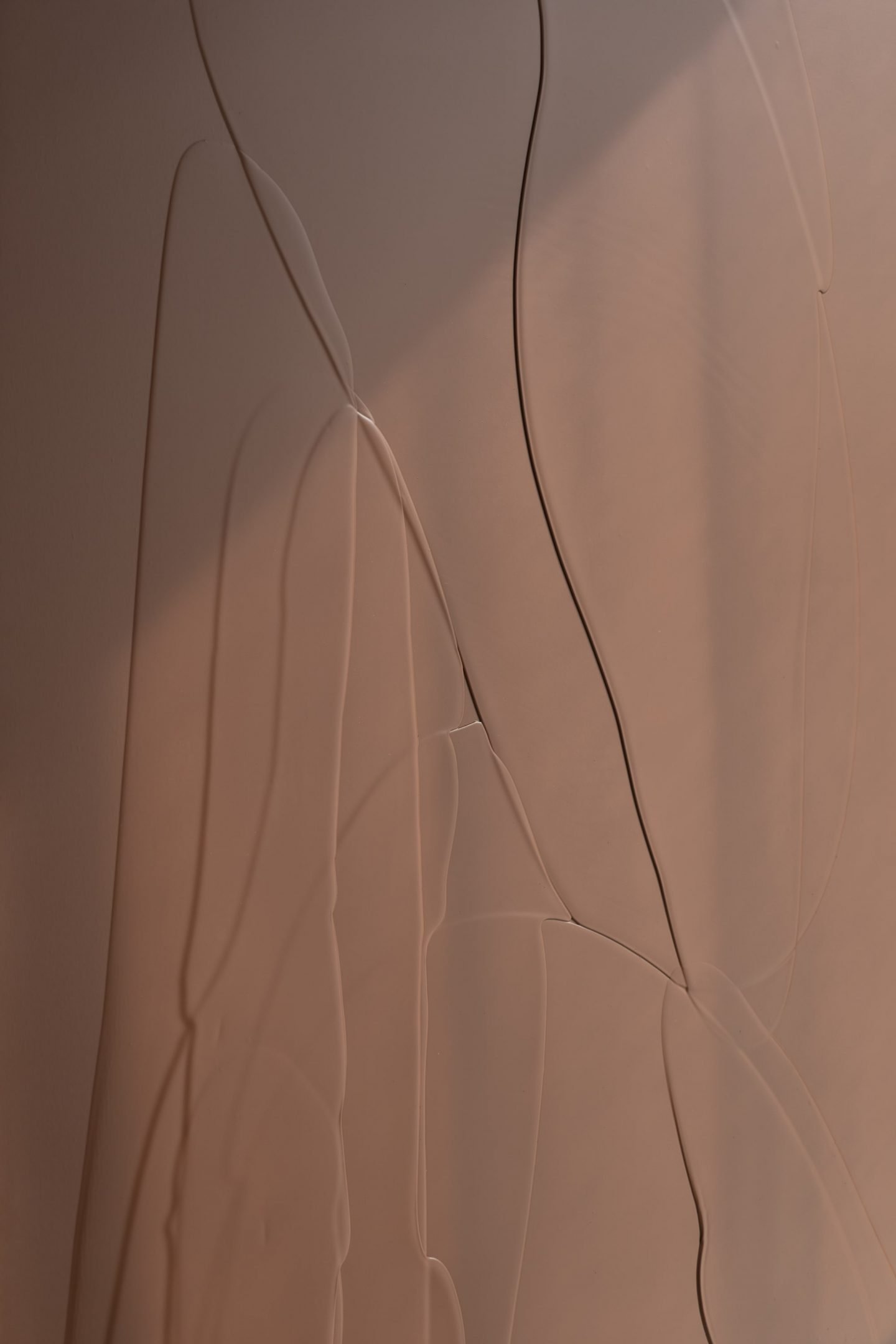
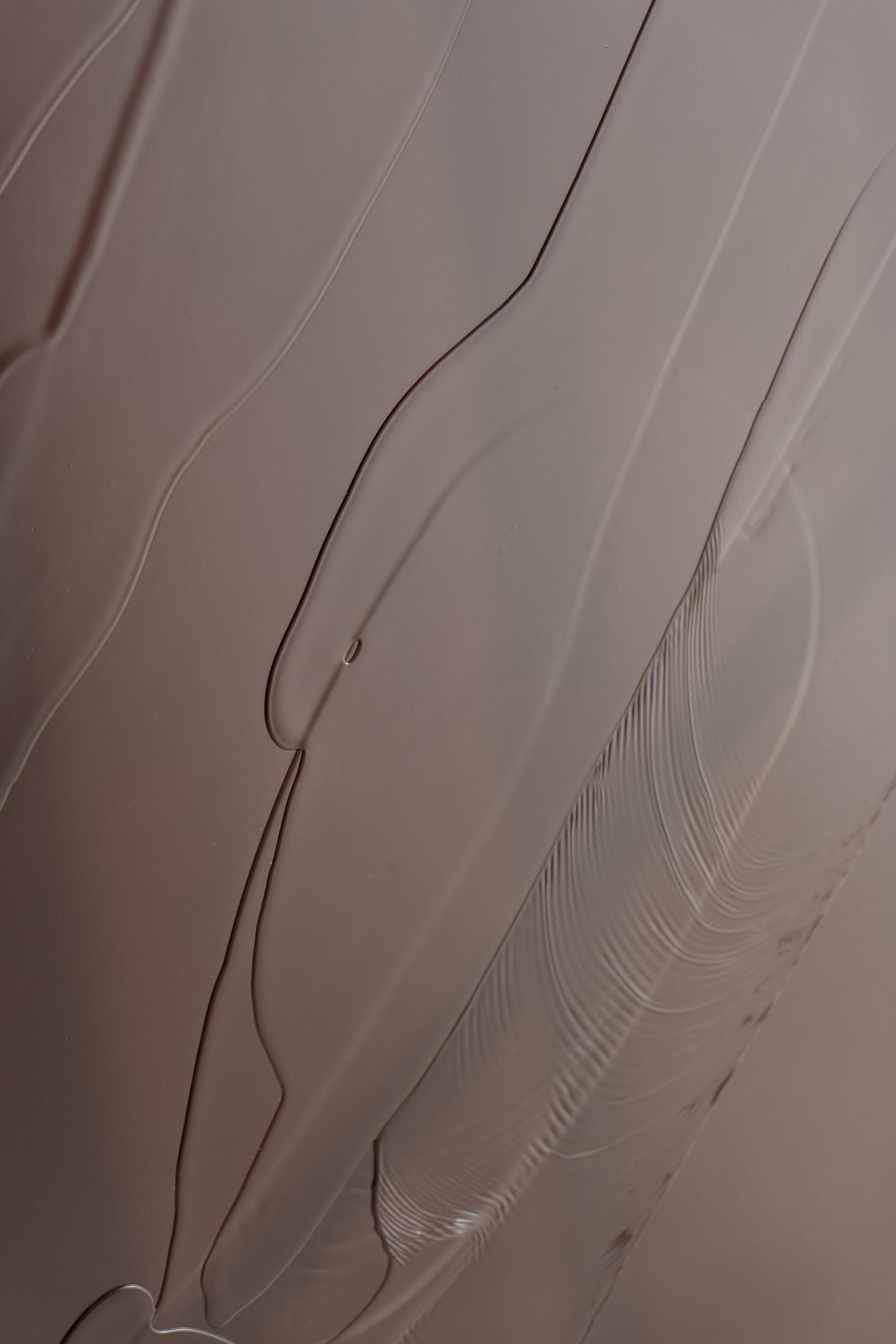
All images © Carla Cascales Alimbau
